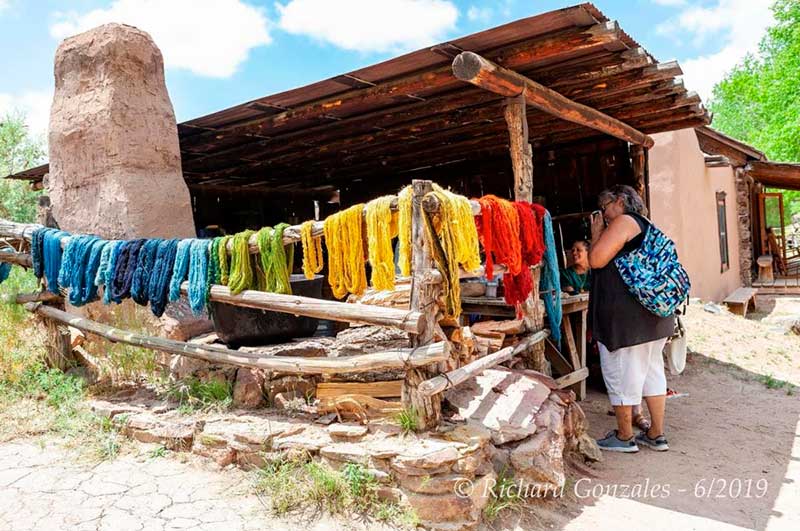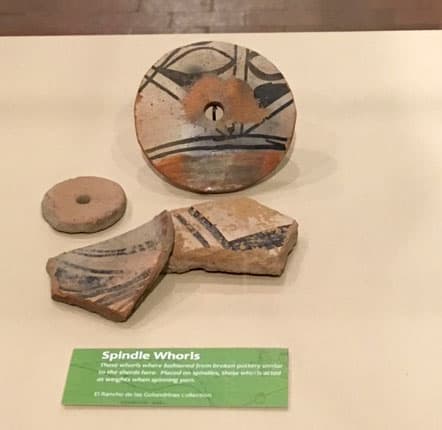
by Daniel Goodman | Mar 31, 2021 | History Herald
by Laura Gonzales, Education & Volunteer Manager Wind, allergies, sunshine in some places, snow in others, we all know what that means; it’s officially Spring in New Mexico! It’s the season symbolizing growth, renewal and rebirth. Looking around at the natural...

by Daniel Goodman | Mar 3, 2020 | Curator's Corner
by Amanda Mather, Curator of Collections Here is a little insight on an overlooked object, but one that helped keep us clothed for a very long time. Spindles are long sticks used to spin yarn, and the Spindle Whorl is the weighted piece at the end that helps maintain...




